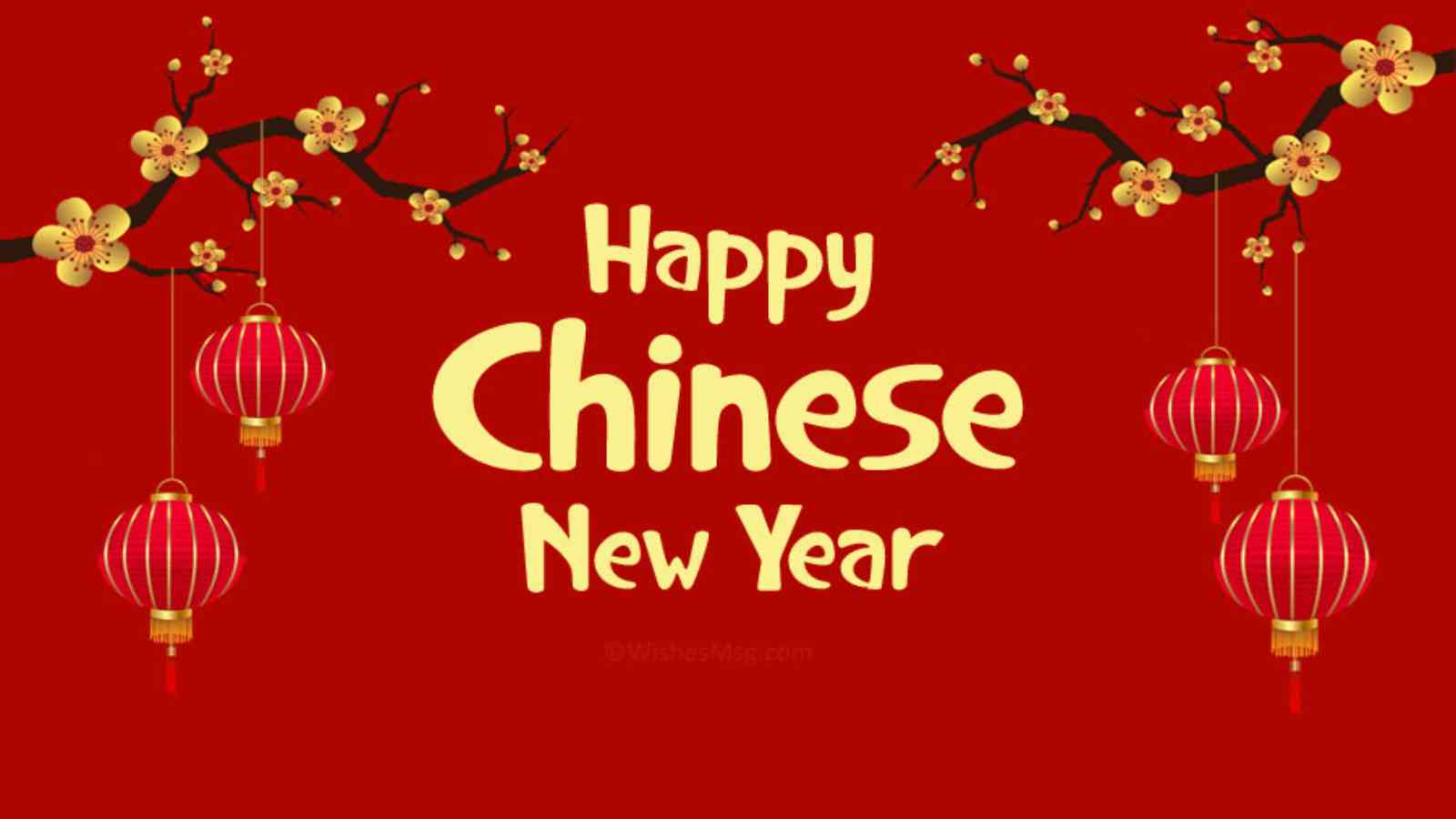Chinese New Year 2023: If you feel the ground shaking beneath your feet on January 22, do not be alarmed! It is merely the start of the Chinese New Year. 20% of the world’s population will be celebrating with more fireworks than any other day of the year. It is a holiday marked by delicious food, red envelopes, and blessings for all.
CHINESE NEW YEAR IN 2023: Date
Chinese New Year, also known as the Lunar New Year, is an annual 15-day festival that is determined by the sighting of the new moon. The event is also known as the Spring Festival, and each New Year is associated with a specific animal. The animals rotate and repeat based on a predetermined cycle.
HISTORY OF CHINESE NEW YEAR
Chinese New Year is the celebration of the beginning of a new year according to the traditional Chinese calendar. In mainland China, the festival is commonly known as the Spring Festival and is one of several Lunar New Years in Asia. The first day of the Chinese New Year begins with the appearance of the new moon between January 21 and February 20. The lunar new year celebrations of China’s neighbouring cultures, such as the Korean New Year, the Tt of Vietnam, and the Losar of Tibet, have been heavily influenced by this festival. It is also celebrated in regions and nations with significant Chinese populations, such as Singapore, Indonesia, Malaysia, Europe, and North America.
In 1928, the Kuomintang party decreed that the Chinese New Year would begin on January 1st, according to the Gregorian calendar, but this was rescinded due to the population’s overwhelming opposition. During the Cultural Revolution in China in 1967, official Chinese New Year celebrations were prohibited. The State Council of the People’s Republic of China announced that the public should change traditions, have a revolutionary and combative Spring Festival, and since people were required to work on Chinese New Year’s Eve, Spring Festival day was not a holiday. By the time of the Chinese economic reform, public celebrations had been reinstated.
Traditionally, the festival was a time to honour both deities and ancestors. The evening preceding Chinese New Year’s Day is commonly regarded as a time for Chinese families to gather for the annual reunion dinner. It is also customary for each family to conduct a thorough house cleaning in order to sweep away any misfortune and make room for incoming good fortune.
CHINESE NEW YEAR TRADITIONS
The Chinese Zodiac includes twelve animals. Rat, Ox, Tiger, Rabbit, Dragon, Snake, Horse, Goat, Monkey, Rooster, Dog, and Pig are included. In that sequence. The Chinese New Year is a grand celebration, similar to that of the Gregorian calendar. On this day, it is customary for family members to gather for a meal.
Throughout the Chinese New Year, it is customary to consume symbolic foods. Dumplings symbolise wealth, so they are consumed in large quantities, along with fish, which is also consumed frequently. During the Chinese New Year, the colour red is ubiquitous, as it is regarded as auspicious in China and represents vitality, beauty, fortune, happiness, and good fortune.
Chinese Spring Festival 2023 Mauritius: Date, History, Activities
Dance of the Seven Veils Day 2023: Date, History, Music, Celebration
Korean New Year 2023: Date, History and Celebration in Korea
CHINESE NEW YEAR RECORDS
20% of the population worldwide celebrates
By the Chinese New Year of 2020, the global population will be approximately 7.7 billion people. Two billion people will celebrate the Chinese New Year. There are approximately 1.41 billion people in mainland China, while there are 7 million in Hong Kong. And when the remainder of the Chinese population residing in other parts of Asia, America, and Europe is factored in, it is clear that the 2 billion mark will be reached.
8,000,000,000 red envelopes
The Chinese New Year would not be complete without red envelopes for children and young relatives. Approximately 8 billion red envelopes circulate annually among Chinese families worldwide. Each envelope contains an even number of cash or chocolate coins, both of which represent prosperity and good fortune for the new year.
40 days of festivities
The Spring Festival is technically 15 days, but celebrations begin on New Year’s Eve, making it 16 days. However, you can also say that the holiday season begins with the Laba Festival in lunar December, making it forty days of celebration. Traditionally, you must spend the first five days with your family and cannot leave until the fifth day. As it is a national holiday, the vast majority of stores will be closed, so people will purchase nian huo or New Year’s products one month in advance. The Chinese stock up on cooking utensils, snacks, gifts, new clothing, and anything else they may require to usher in the new year.
CHINESE NEW YEAR DATES
| Year | Date | Day |
|---|---|---|
| 2021 | February 12 | Friday |
| 2022 | February 1 | Tuesday |
| 2023 | January 22 | Sunday |
| 2024 | February 10 | Saturday |
| 2025 | January 29 | Wednesday |



